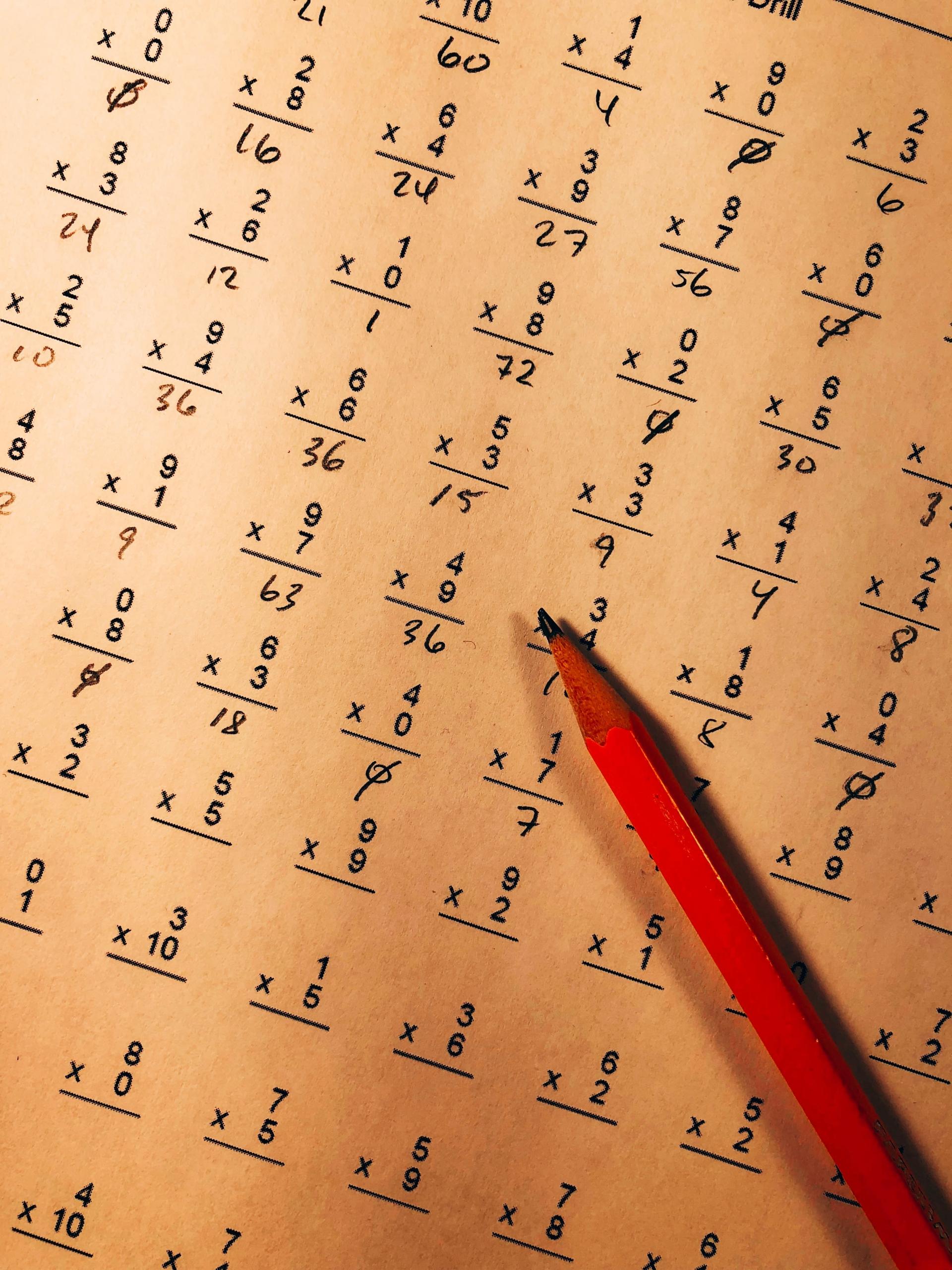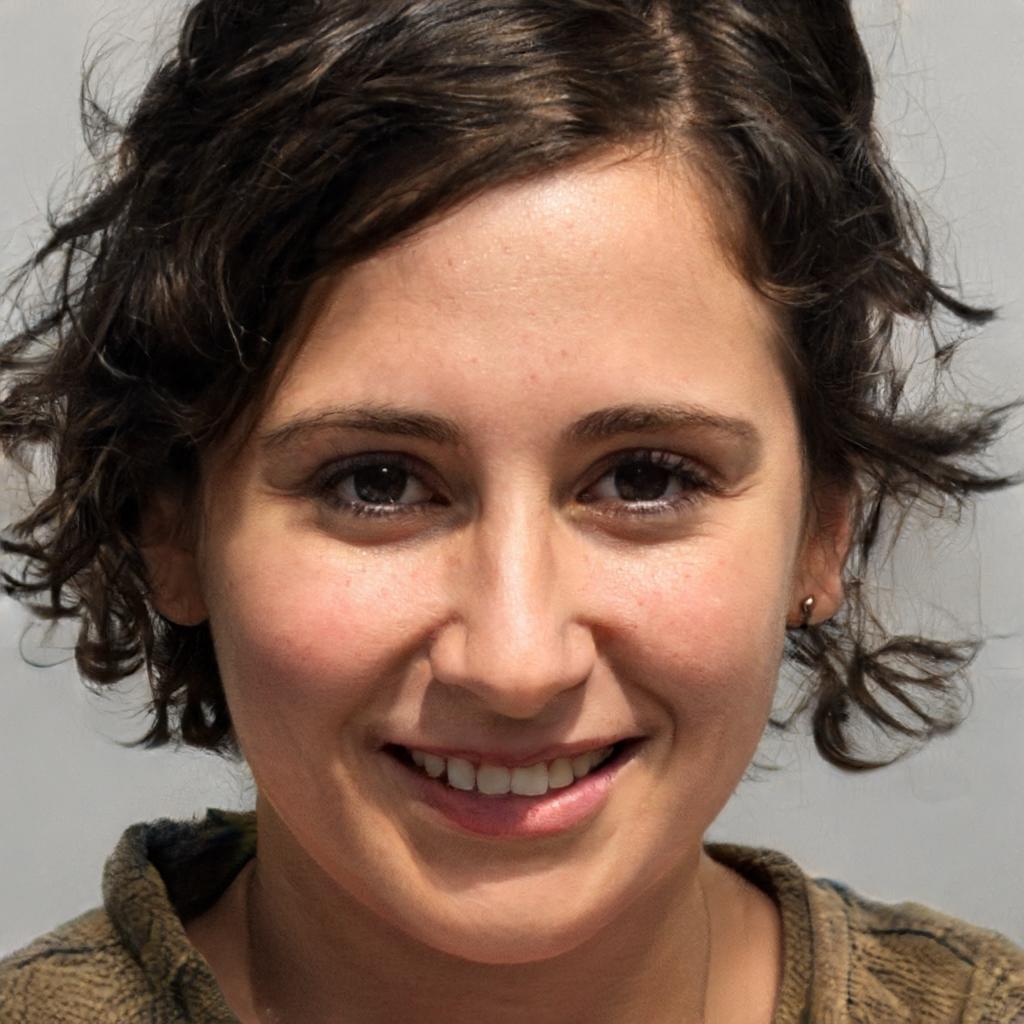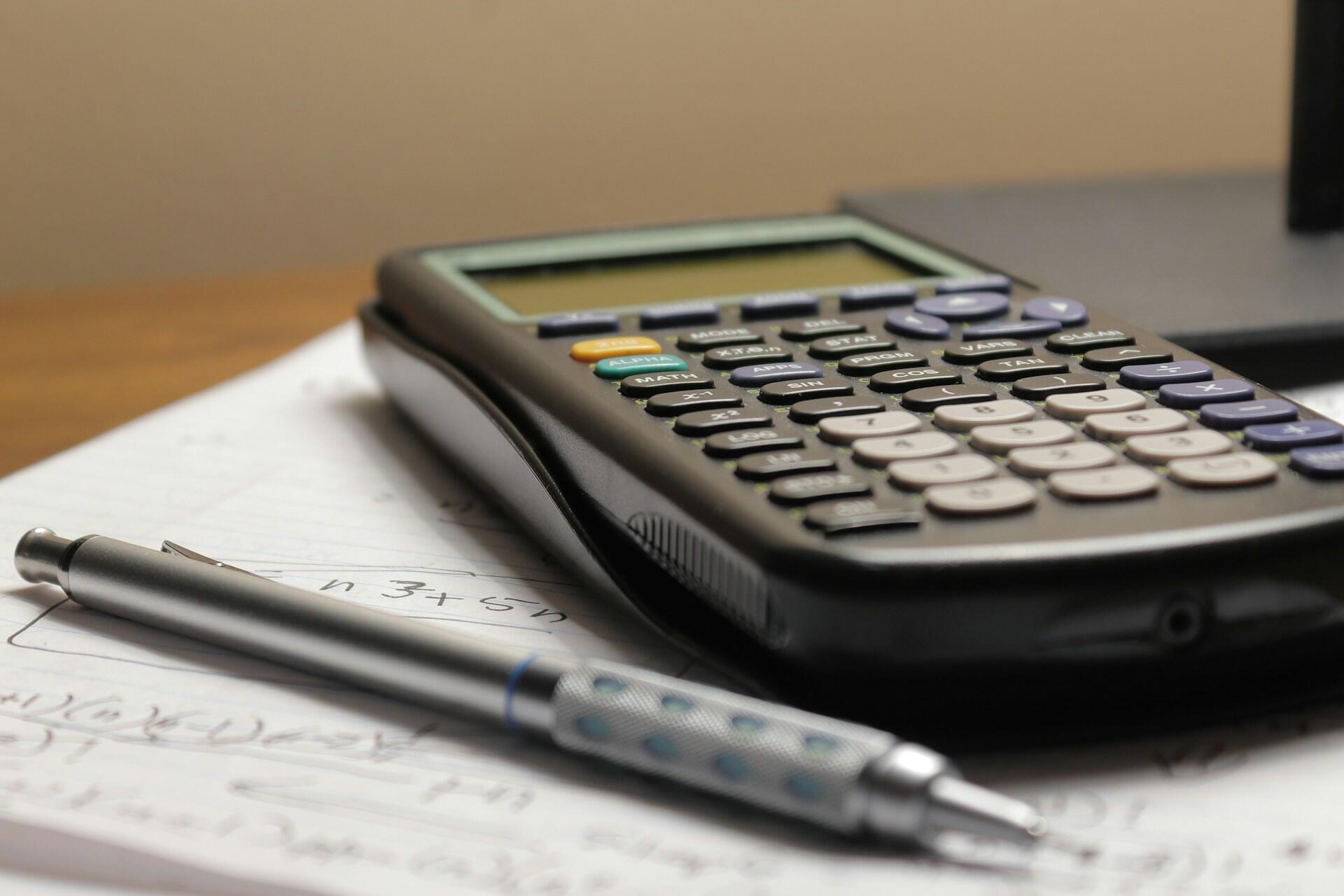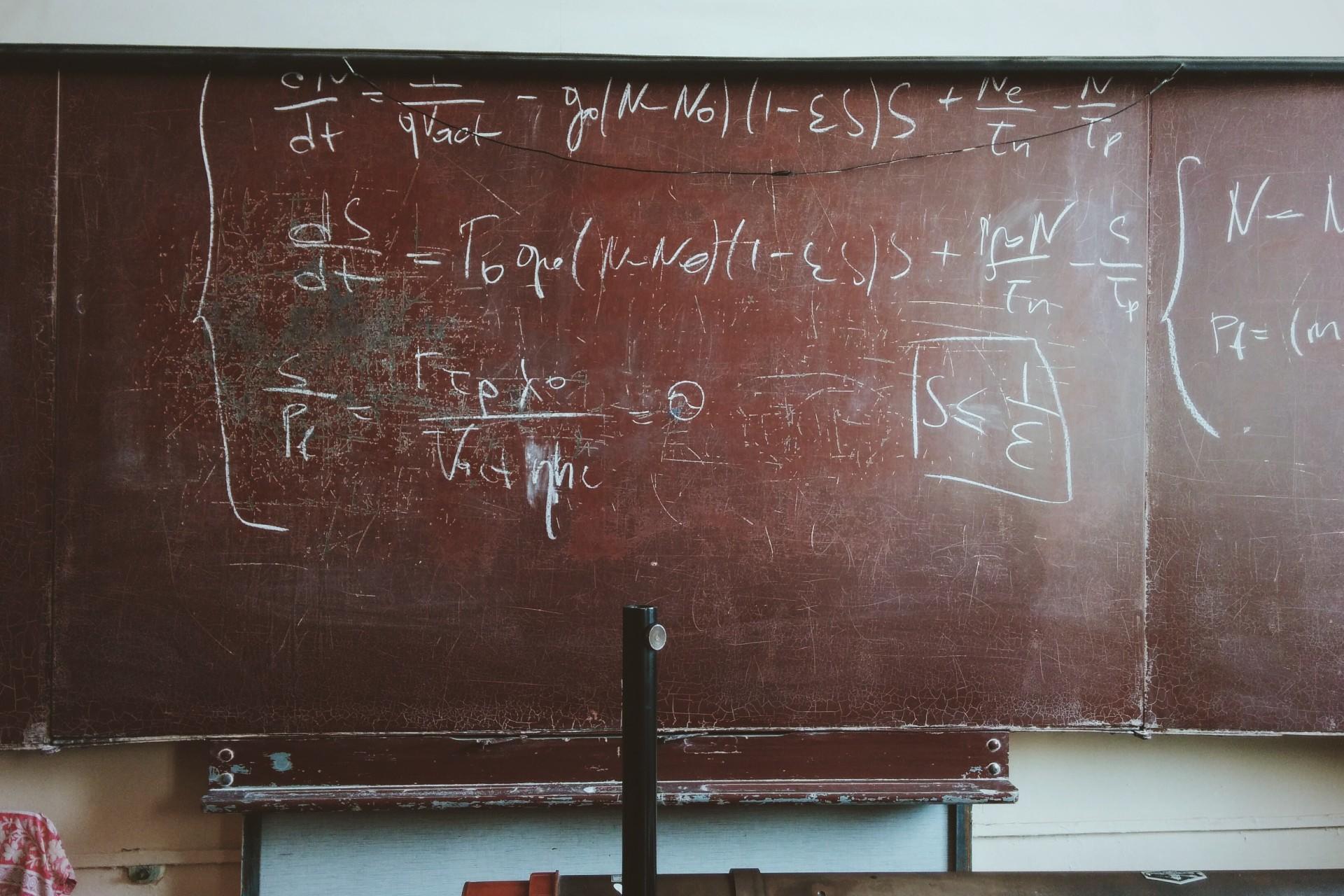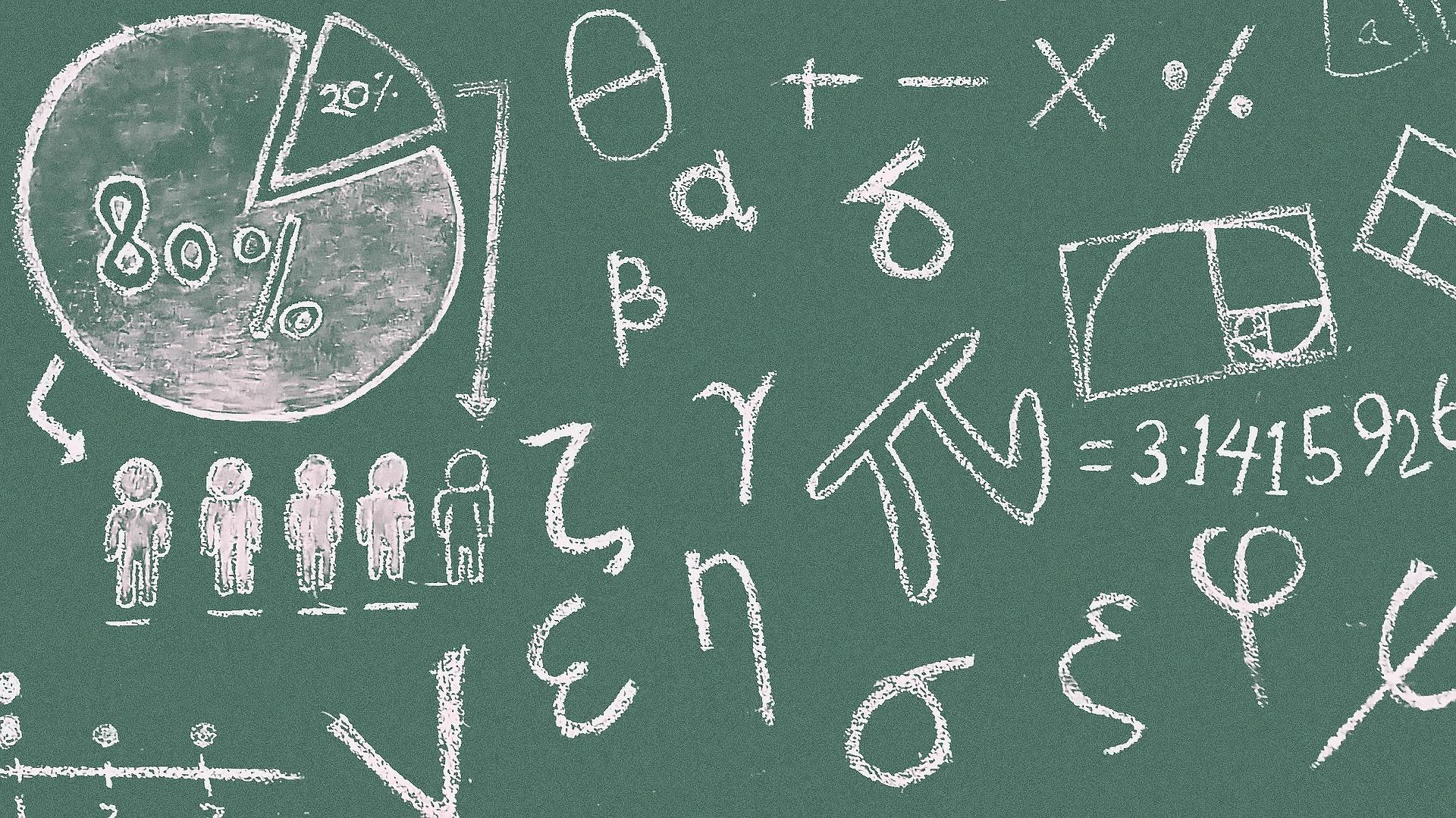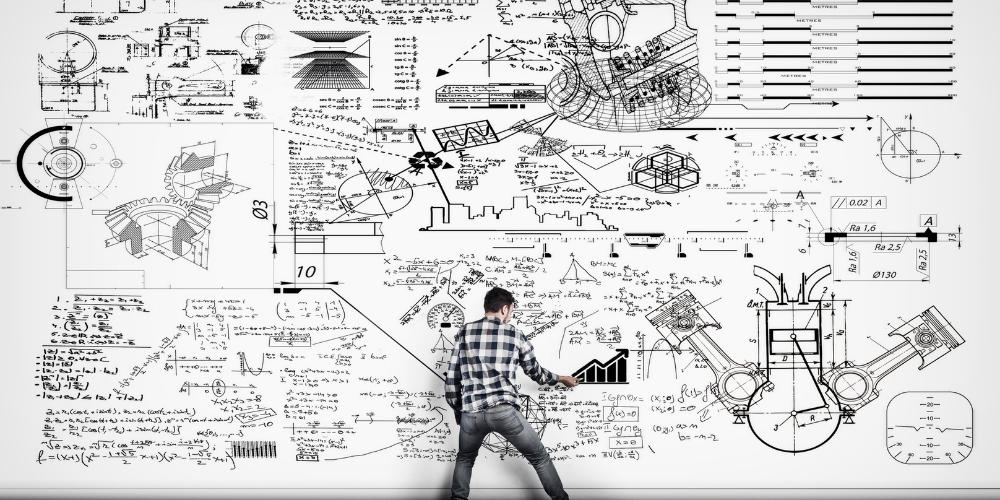Mathematics causes many students to break out in cold sweat. Some students are brave enough to pursue math in higher education, whether at the bachelor's or master's level.
Math is relevant to a wide range of academic subjects in the NCEA curriculum. NCEA Level 3 math is a good foundation for learning in many fields. Students can choose from Calculus, Statistics, or Mathematics and Statistics, which are all offered at NCEA Level 3. Although many people find the NCEA level 3 maths exam and syllabus difficult, we have some tips on how to study for a math test and succeed.

Achievement Standards for NCEA Level 3 maths

This course is intended to prepare you for further study at the postsecondary level in mathematics, pure and applied sciences or engineering. Calculus is the primary emphasis of the course; however, you will also study subjects related to algebra and trigonometry, as well as the manipulation of real and complex numbers, geometry, and conic sections. You have the ability to choose from among the attainable accomplishment requirements up to a maximum of 24 credits.
You will have the chance to show achievement at all three levels of performance if you answer all of the questions correctly: achievement, achievement with merit, and achievement with excellence. Students must have at least 16 Level 2 credits and have taken all of the Calculus and/or Statistics external tests in Year 12.
At each level of the NCEA, you need to have a total of 80 credits. However, there are admission criteria and syllabi to get into various courses in Years 12 and 13, and many university programmes seek a minimum number of credits in certain disciplines. Additionally, there are entry requirements for different courses in Years 12 and 13.
Instead of focusing just on QUANTITY, instructors and students should give consideration to QUALITY. Always go for the maximum degree of accomplishment that you are capable of, both merit and excellence. It is preferable to have 80 Merit credits rather than 130 Achieved credits.
Understanding the Pathways of NCEA Level 3
LEVEL 3 CALCULUS (24 credits)
Calculus is a branch of mathematics that is appropriate for those who want to pursue further study of mathematics or use it in any field where analysis is required. Calculus students increase their employability in a broad range of areas.
Furthermore, it equips individuals with effective skills for investigating, analysing, explaining, and generally making sense of the reality in which we currently live. To pass Calculus with flying colours, you must cover all five NCEA Level 3 Achievement Standards.
Internal Assessments
Assessment 91573 - Apply the geometry of conic sections in solving problems
A conic section (or just conic) is a curve generated by intersecting the surface of a cone with a plane. The hyperbola, parabola, and ellipse are the three forms of conic sections; the circle is a special case of the ellipse; however, it was formerly referred to as a fourth type.
To grasp conics, you must first study the standard forms of distinct conic equations, their extensions when shifted, and their many properties like as eccentricity, directrix distance, focus distances, and so on. Remember to perform at least one or two sample questions from past papers after learning a subject since conics requires extra practice.
Assessment 91575 - Apply Trigonometric methods in solving problems
Before beginning trigonometry, you need to be comfortable with algebra and geometry. You should be comfortable handling algebraic expressions and solving problems after studying algebra. You should know about comparable triangles, the Pythagorean theorem, and a few other things from geometry, but not much more.
In order to solve issues, you must use trigonometric procedures and expanded abstract reasoning.
External Assessments -
Assessment 91577 - Apply the algebra of Complex numbers in solving problems
The operations that may be performed on complex numbers using algebraic techniques are specified entirely by those methods. The connection between the various numbers of operations may be understood by the application of many fundamental algebraic principles, such as the associative, commutative, and distributive laws. The solution to the algebraic equations may be found in a straightforward manner by using these rules. As a result of the fact that algebra is an idea that is dependent on both known and unknown values (variables), its very own set of rules has been devised to solve difficulties.
Assessment 91578 - Apply differentiation methods in solving problems
The process of differentiating functions often involves using logarithms as a kind of differentiation. It is more practical to utilise the logarithm of the function first, then differentiate, when dealing with complicated functions such as y = g1(x)(g2(x)) or y = g1(x) g2(x) g3(x)... or other similar functions.
If you want to be successful, you need to be able to solve issues by using strategies that identify discontinuities and limitations and functions. Determine the methods of differentiation, integration, and anti-differentiation to apply to functions and relations, and then do so, making use of both analytical and numerical approaches.
Assessment 91579 - Apply integration methods in solving problems
Approaches to Integration encompass several methods for tackling difficult and basic integration problems in calculus. To use a certain technique of integration, we must first determine the kind of integral involved and then solve it using the most appropriate method of integration.
You will need to investigate several integration strategies such as integration by parts, substitution method, partial fraction method, reverse chain rule, and others.
LEVEL 3 STATISTICS (20 credits)
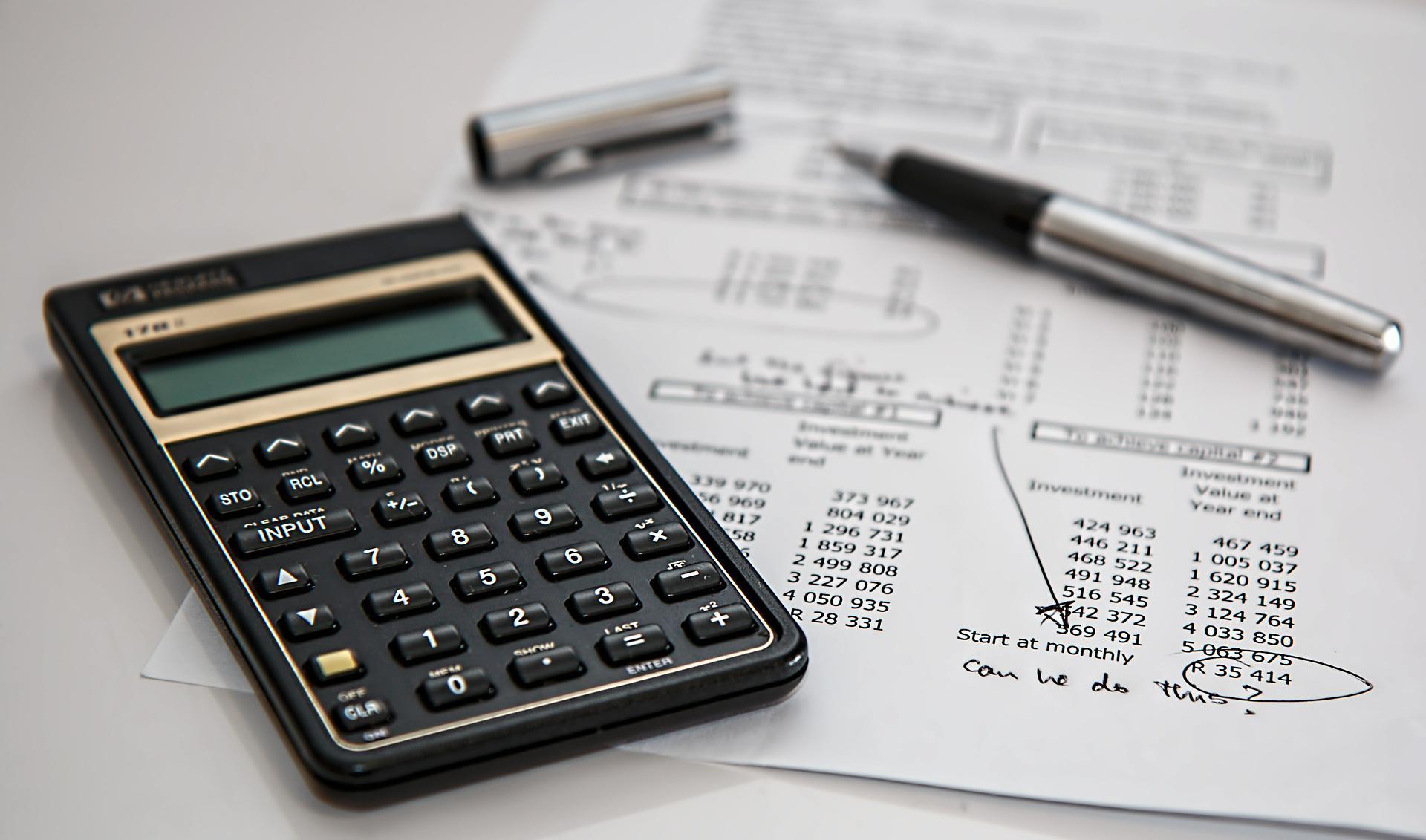
Statistics offers a mathematical study that is suited for students interested in continuing their studies of statistics or using statistics in any area where the gathering, analysis, and interpretation of quantitative or qualitative data is vital. Statistics has a wide variety of practical applications in daily life, as well as in other study areas such as science, geography, history, economics, and business. You can find the detailed exemplars and types of questions that will come in handy for preparing for Statistics.
Internal Assessments
Assessment 91580 - Investigate Time Series Data
Time-series analysis is divided into two steps: (1) constructing a model of a time series (2) Validating the suggested model (3) use the model to anticipate future values and/or imputing missing values.
You must study time series data using statistical knowledge. This entails integrating statistical and contextual information throughout the statistical inquiry cycle, which may include commenting on the process, taking into account other important factors, assessing the soundness of any models, or demonstrating a better grasp of models.
Assessment 91579 - Use Statistical Methods to make formal inference
Statistical inference is the process of employing data analysis to deduce attributes of a probability distribution. Inferential statistical analysis deduces population attributes, for example, by testing hypotheses and generating estimates.
You will compare and discuss sample distributions in context. This involves looking for explanations for data traits that have been observed, such as justifying the use of the median and analysing the influence of these on the context or investigation inquiry. The debate must incorporate references to research-based knowledge. A formal statistical inference is formed by constructing a confidence interval with insight through resampling (bootstrapping).
External Assessments
Assessment 91584 - Evaluate Statistical Reports
You assess statistics-based reports. This entails finding and commenting on significant elements in reports that are relevant to the report's conclusions. You will get experience by evaluating a variety of statistically based reports, such as surveys and polls, experiments, and observational studies.
Assessment 91585 - Apply probability concepts in solving problems
Understanding discrete data and the anticipated value will be required of you in order to apply principles of discrete probability to the process of problem-solving. You will need to gain a deeper understanding of discrete probability, including its characteristics and the ways in which it may be used for problem-solving.
Assessment 91586 - Apply probability in solving problems
The possibility of an occurrence or result is indicated by a probability distribution. Probabilities are described by statisticians using the notation: p(x) = the probability that a random variable has a certain value of x. All probability for all possible values must add up to 1.
You should be able to compute the mean and standard deviation from a plot of a discrete random variable's distribution, as well as connect probabilities and areas under density functions for continuous outcomes.
Why NCEA Level 3 Maths Is Important

Mathematics is critical in our daily lives as we utilise it to address problems on a daily basis, often unknowingly. Everything around us is governed by mathematical principles, and without a thorough comprehension of them, one may face substantial obstacles in life. It is critical for pupils to understand that math is not an intrinsic skill and that we are not "excellent" or "poor" at it. Simple tactics might help you learn and improve your math skills. Maths is essentially everywhere. NCEA level 3 maths is especially important to consider for many professions in the future.
Students can now adopt a flexible learning structure, where they can learn a topic as many times as they like in an environment free of judgement and peer pressure, thanks to the abundance of internet resources available to them.

